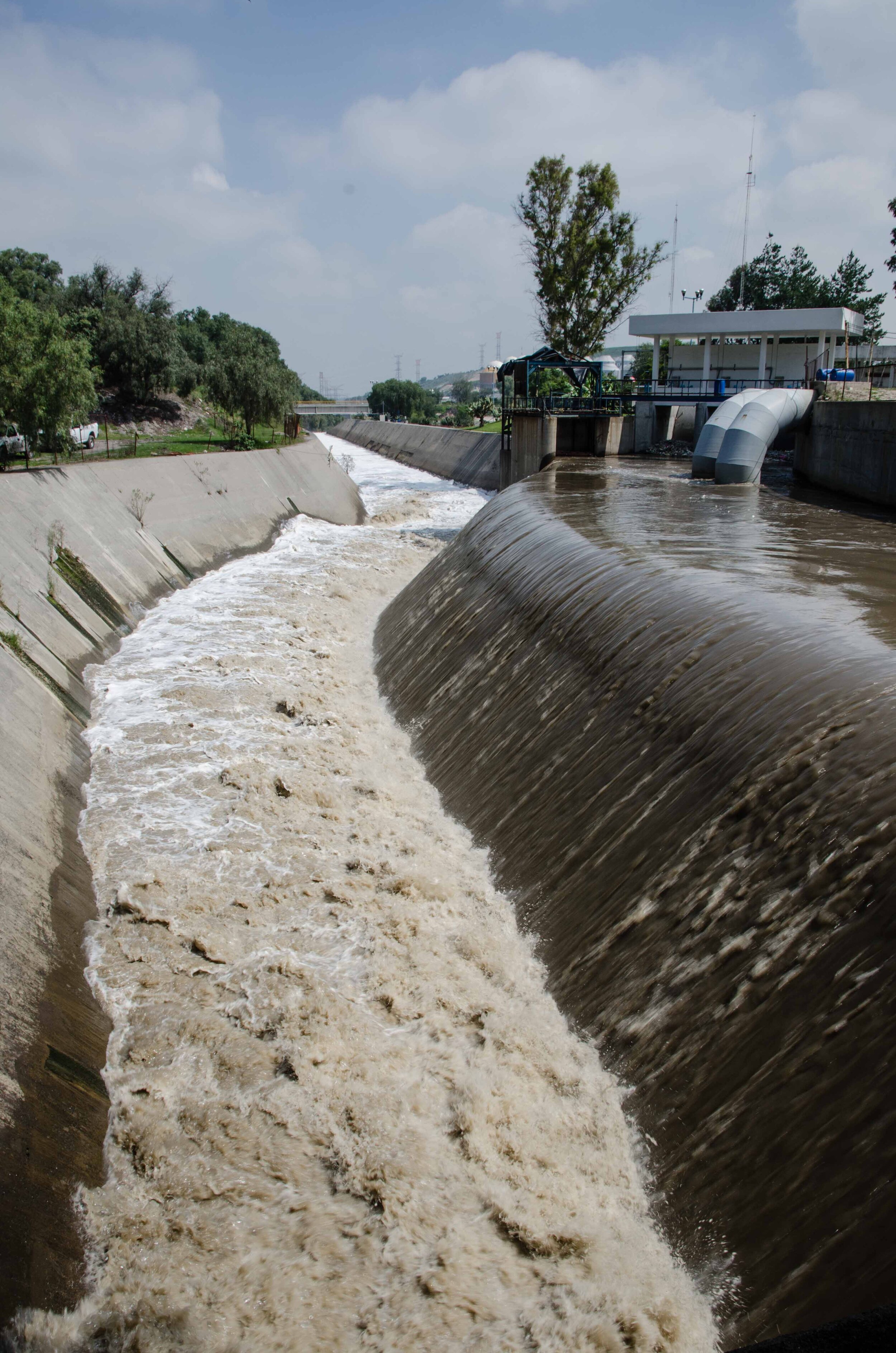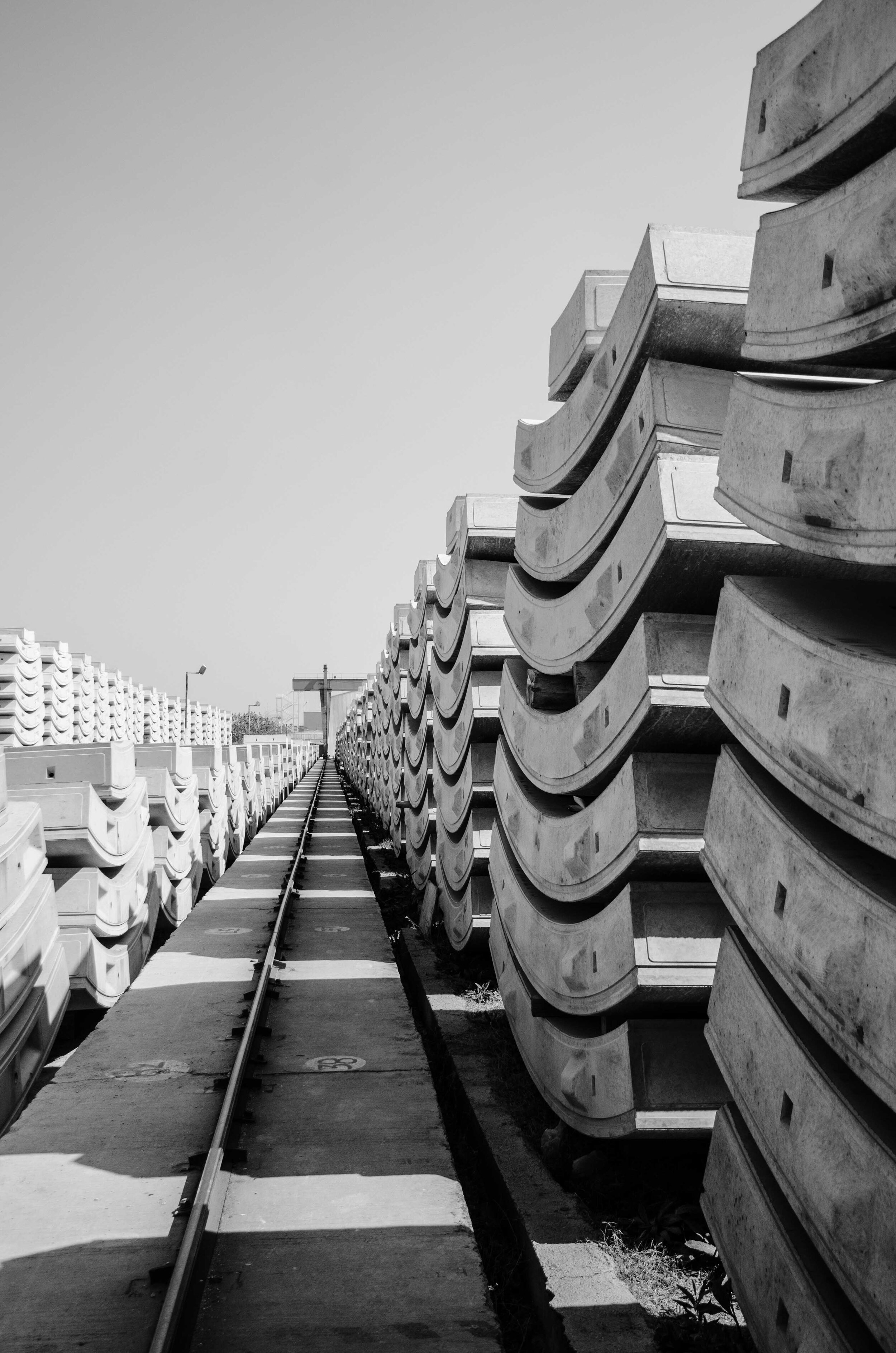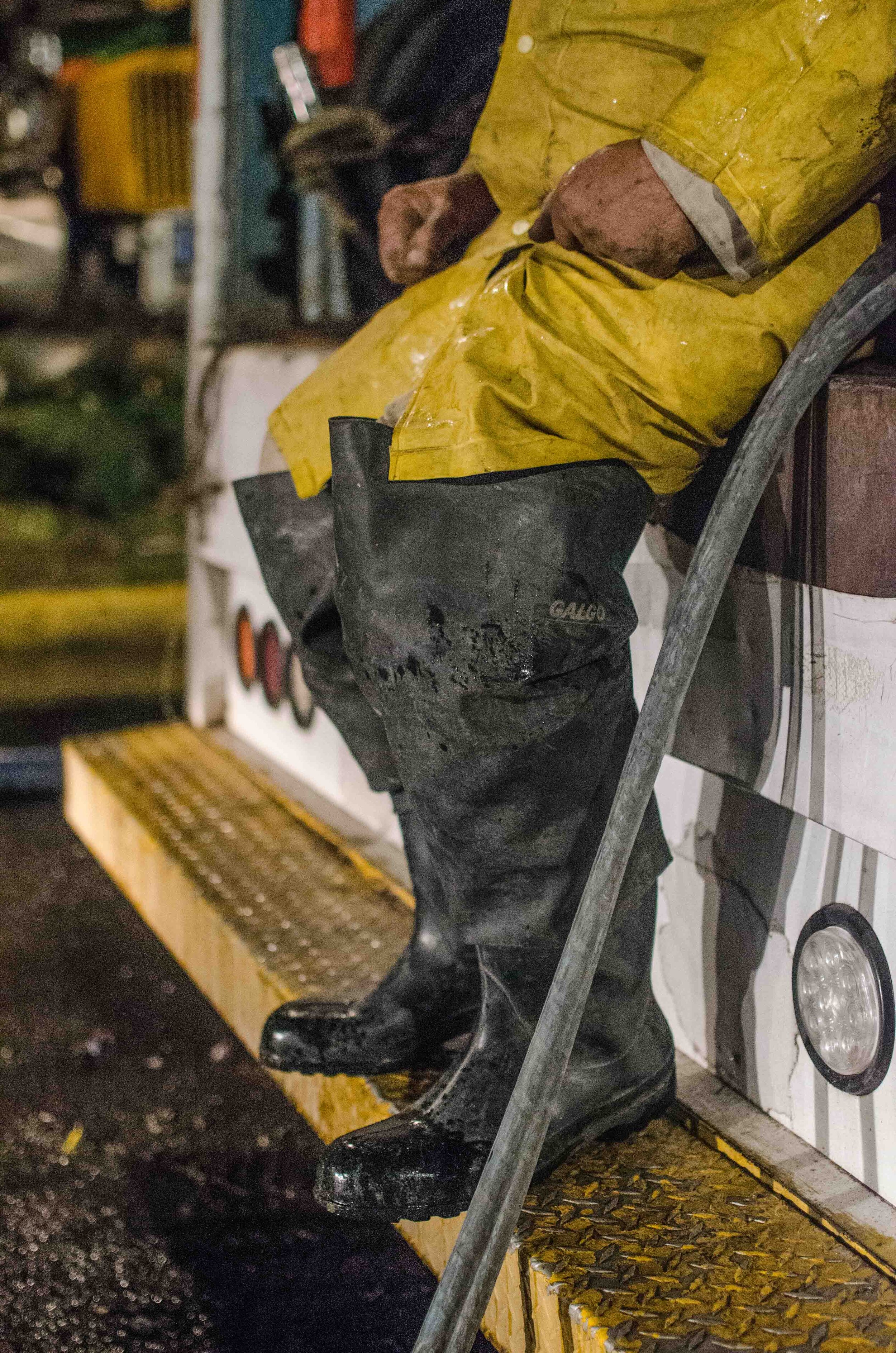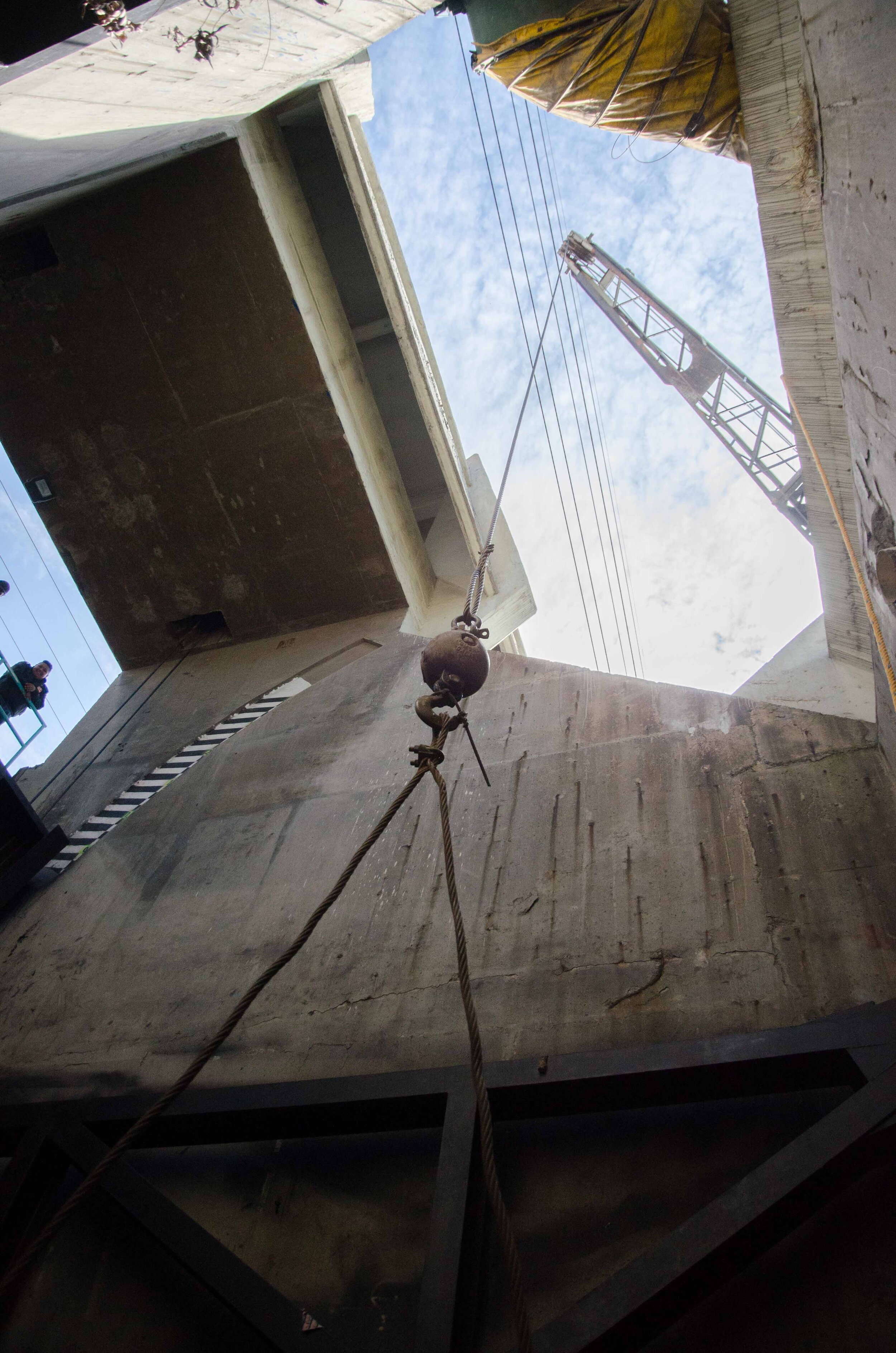
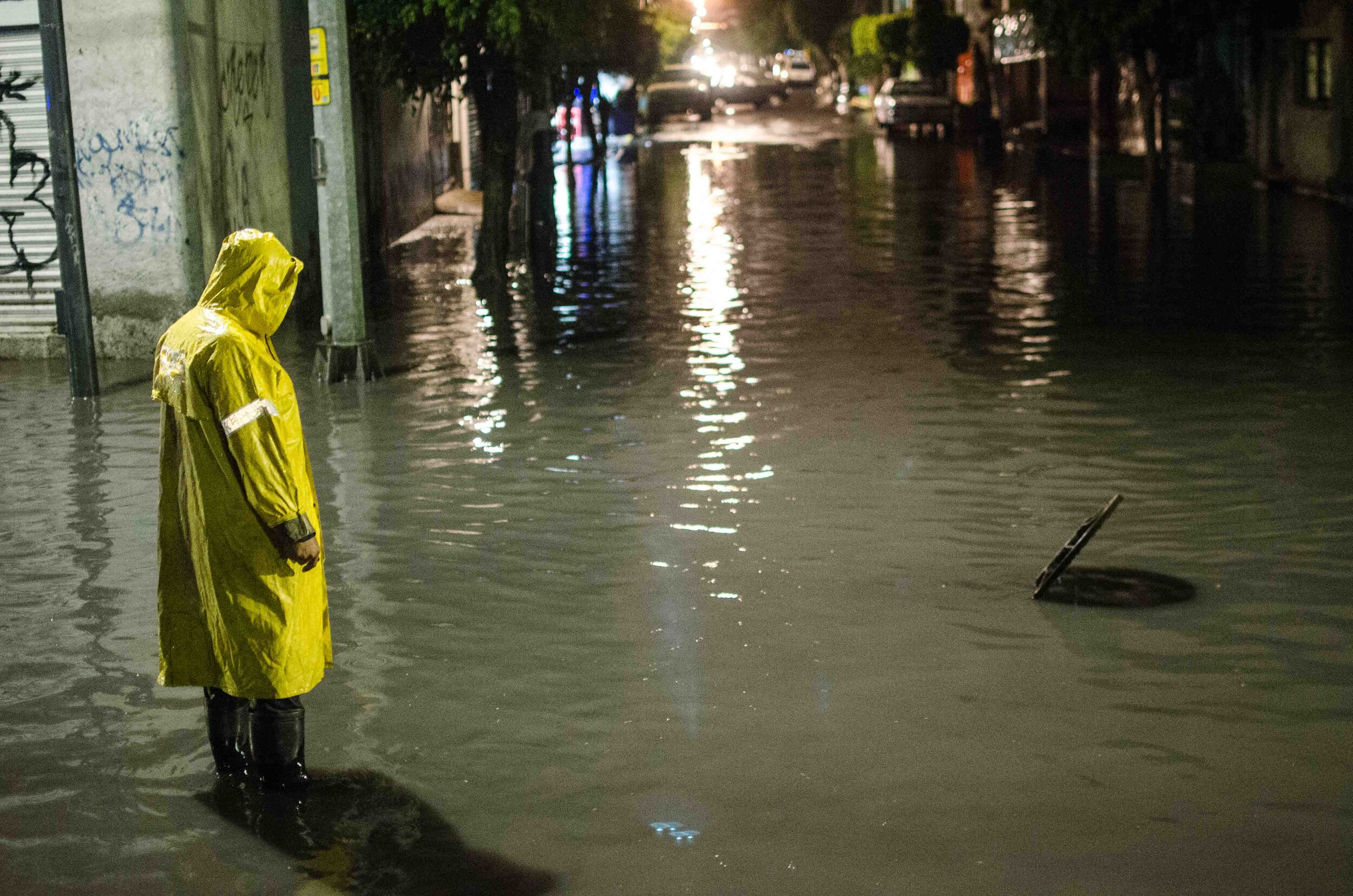
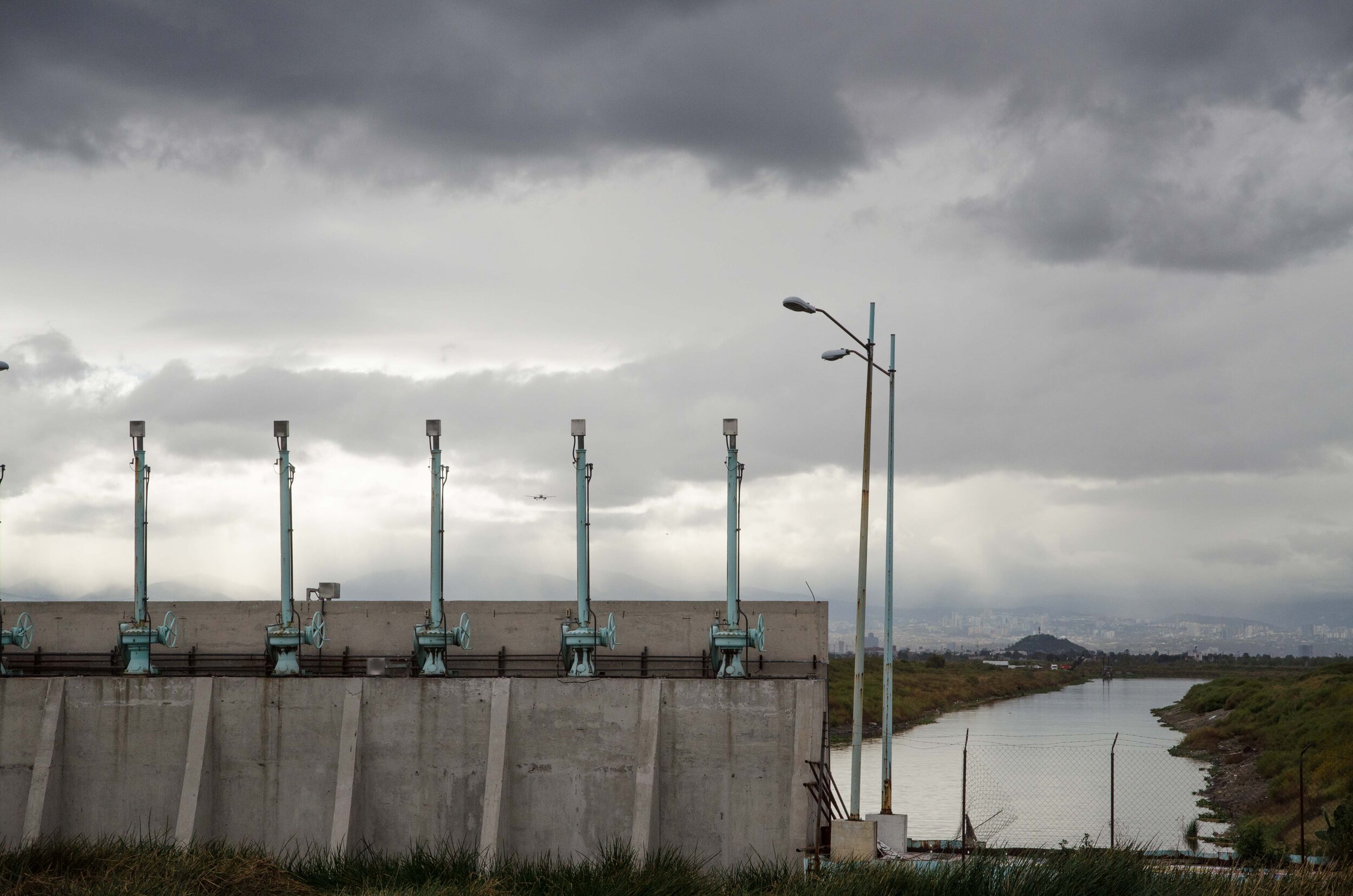
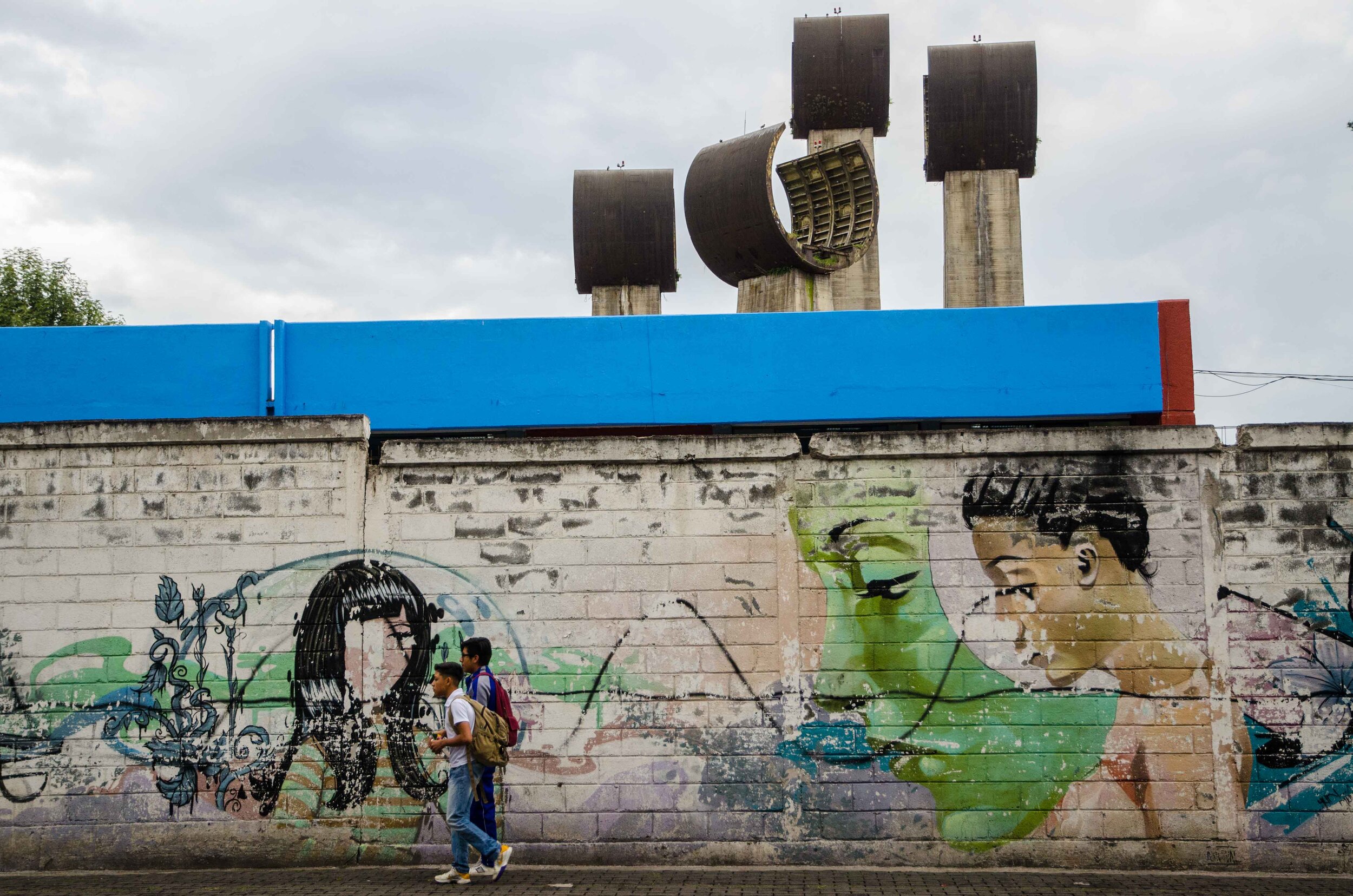

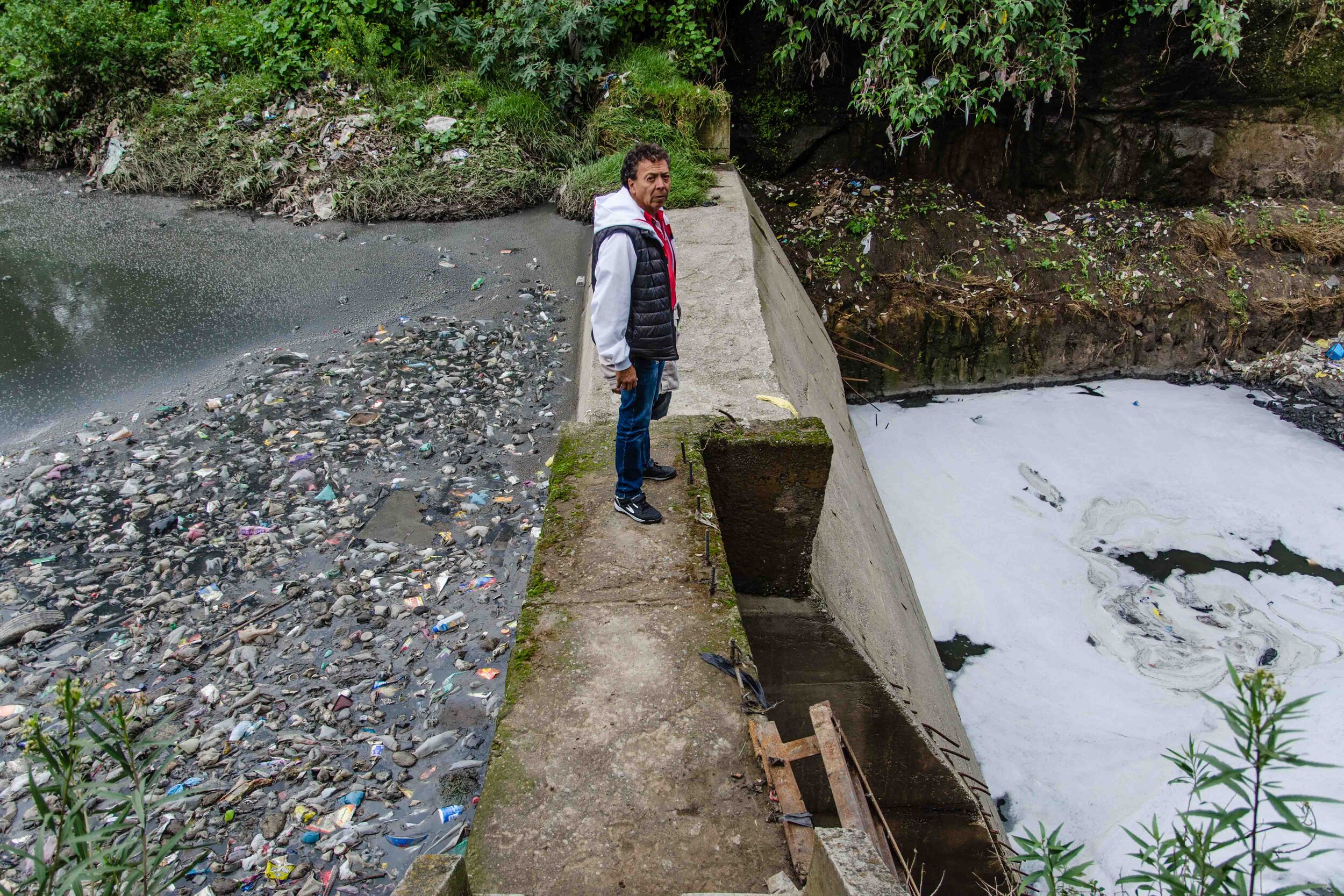
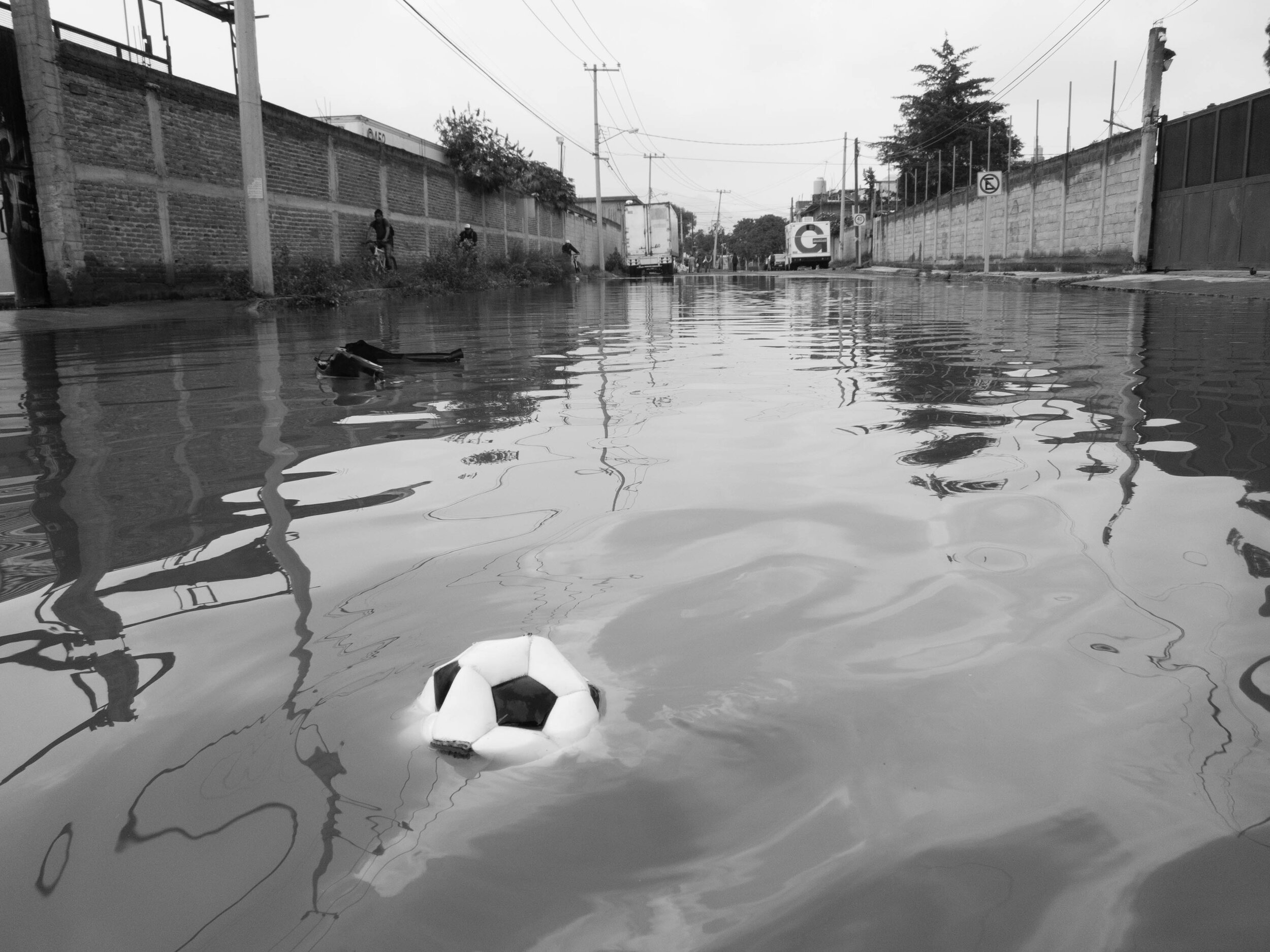
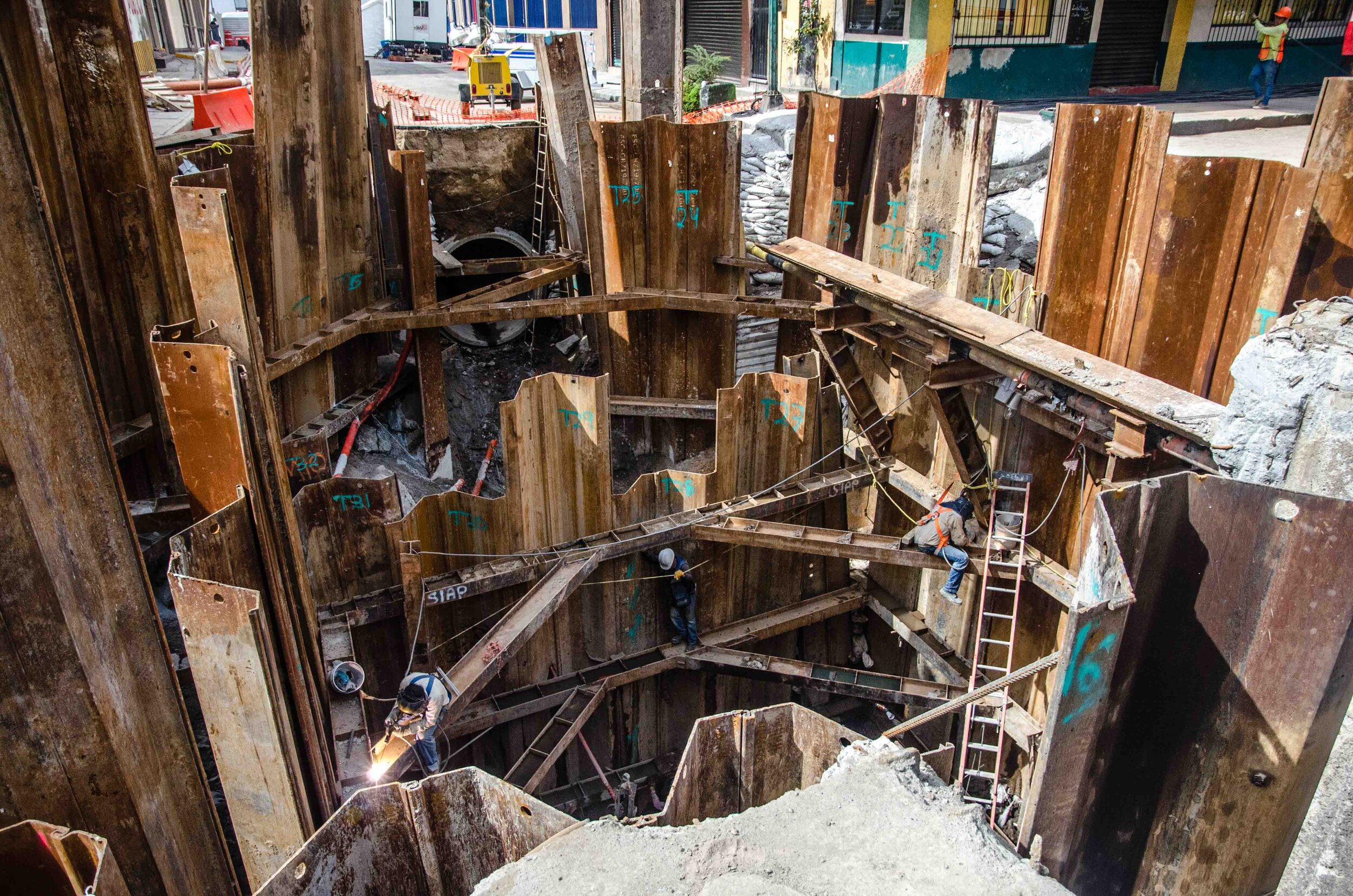
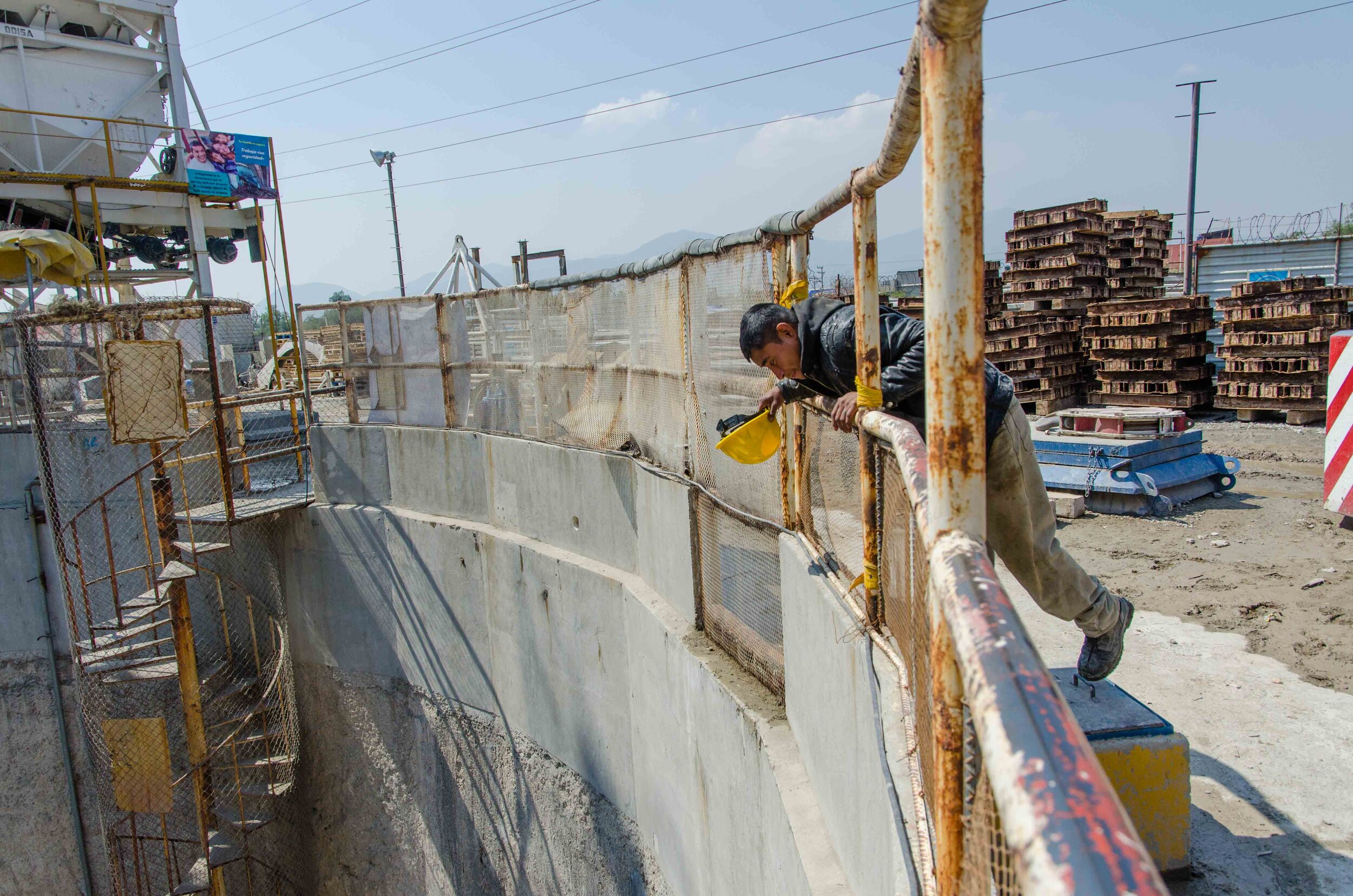
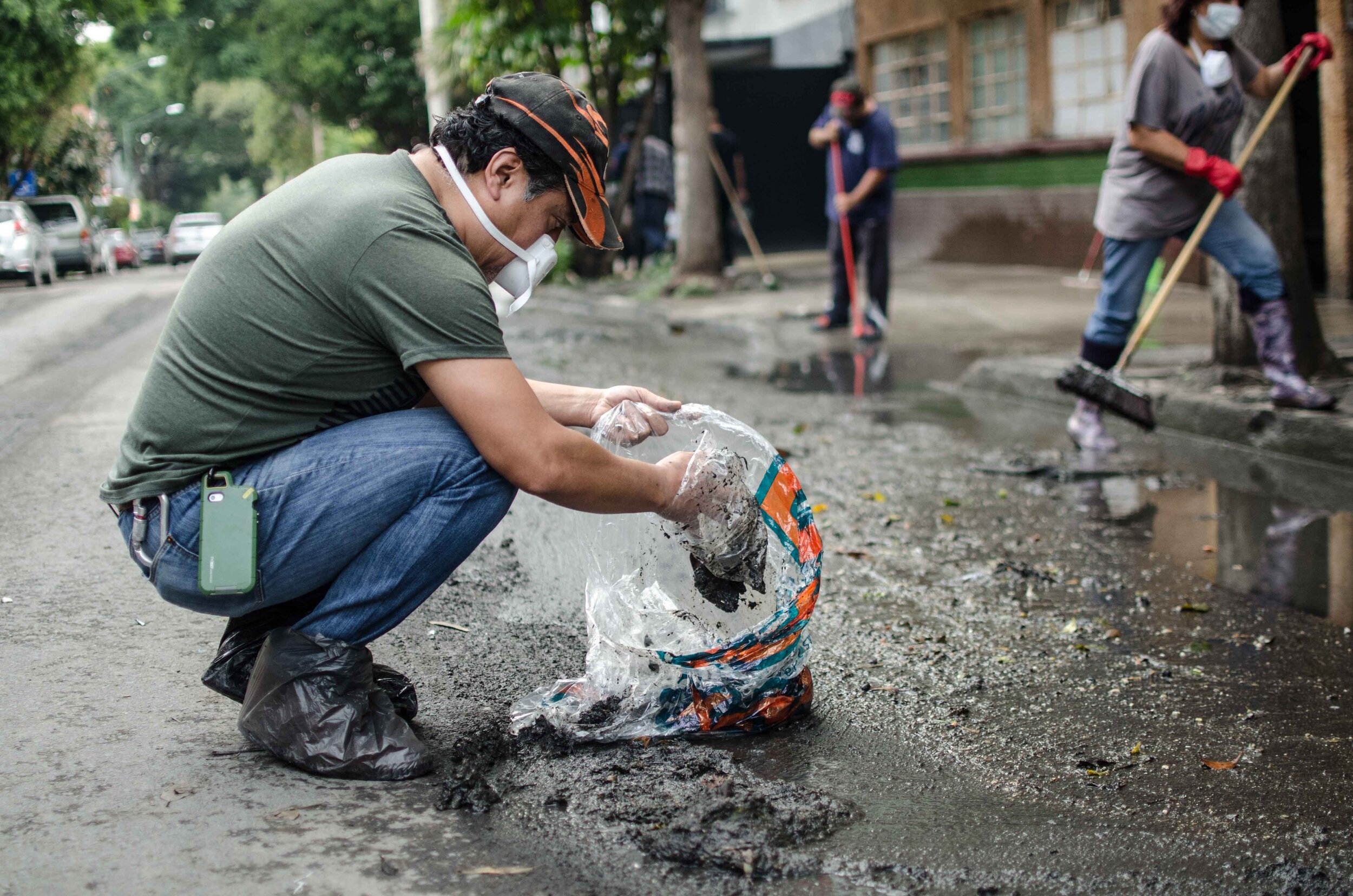
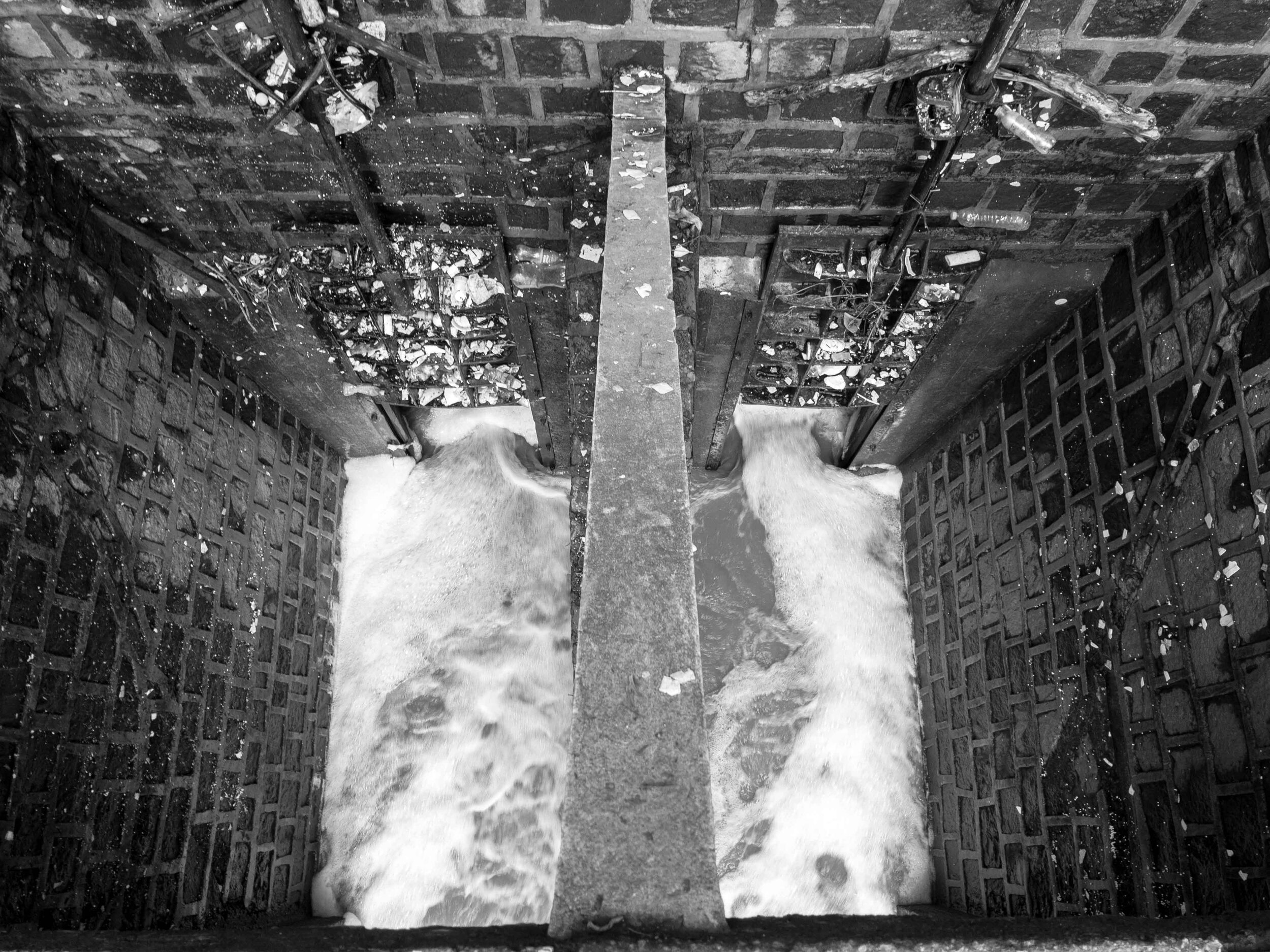
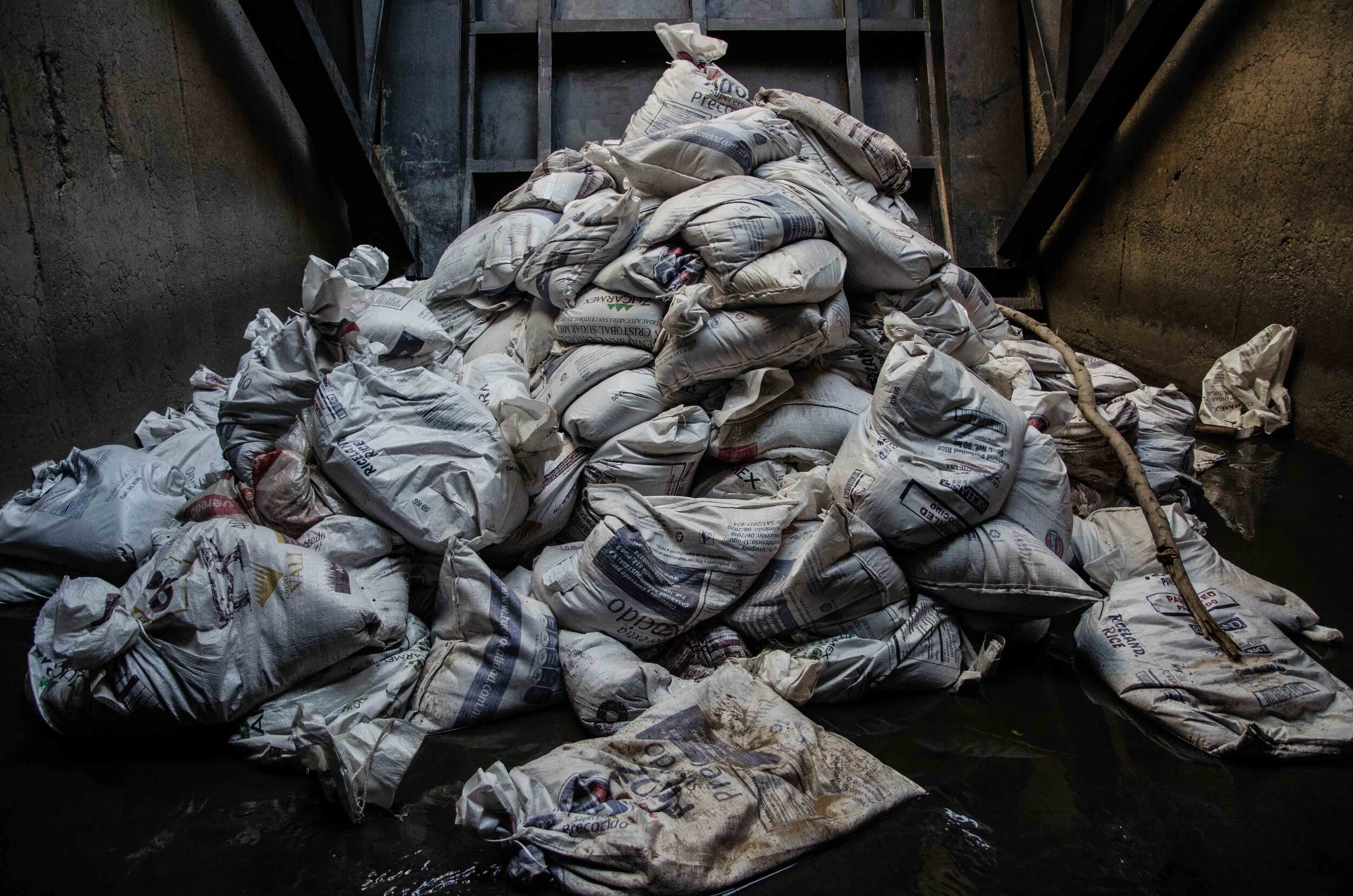
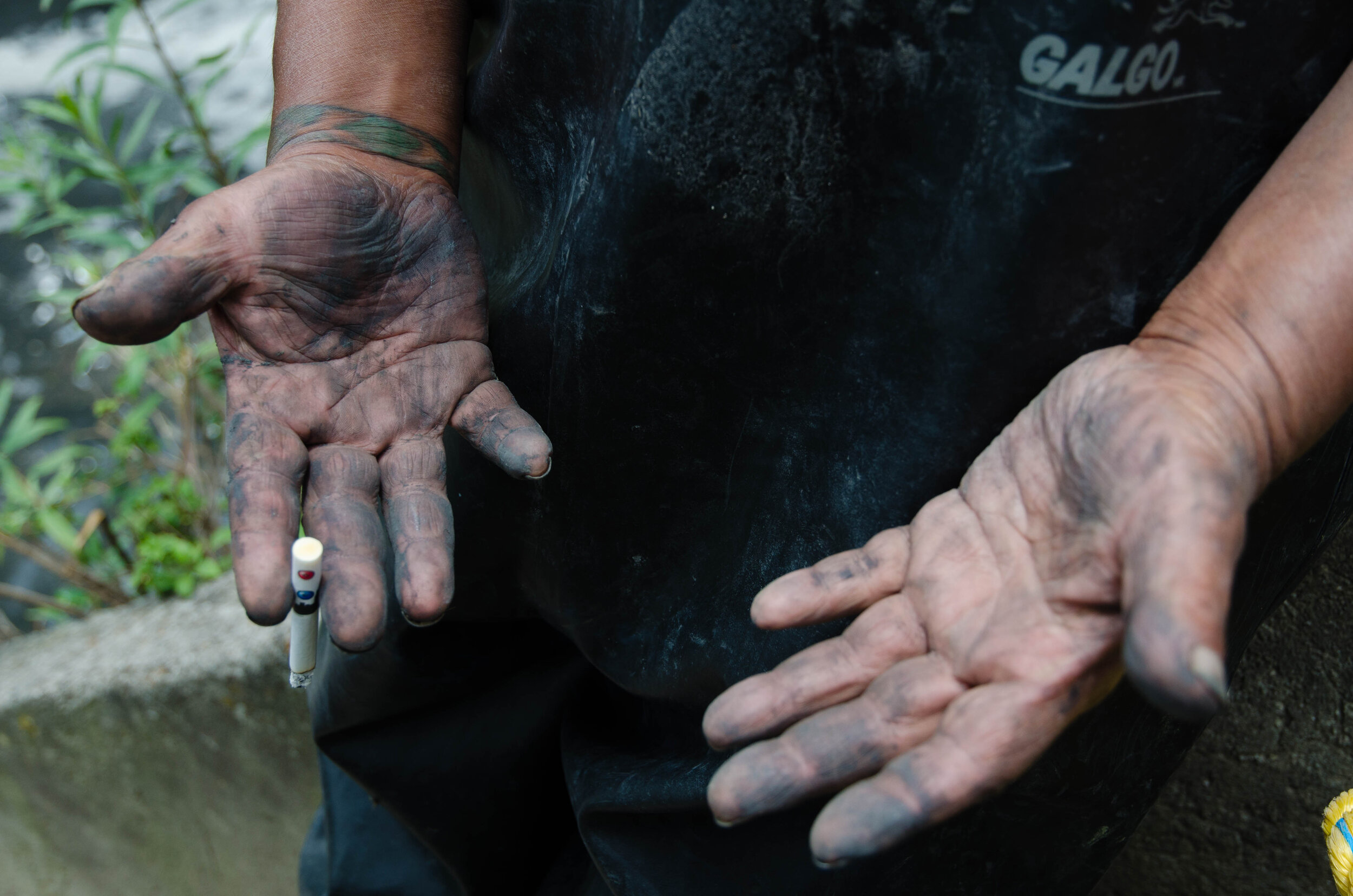
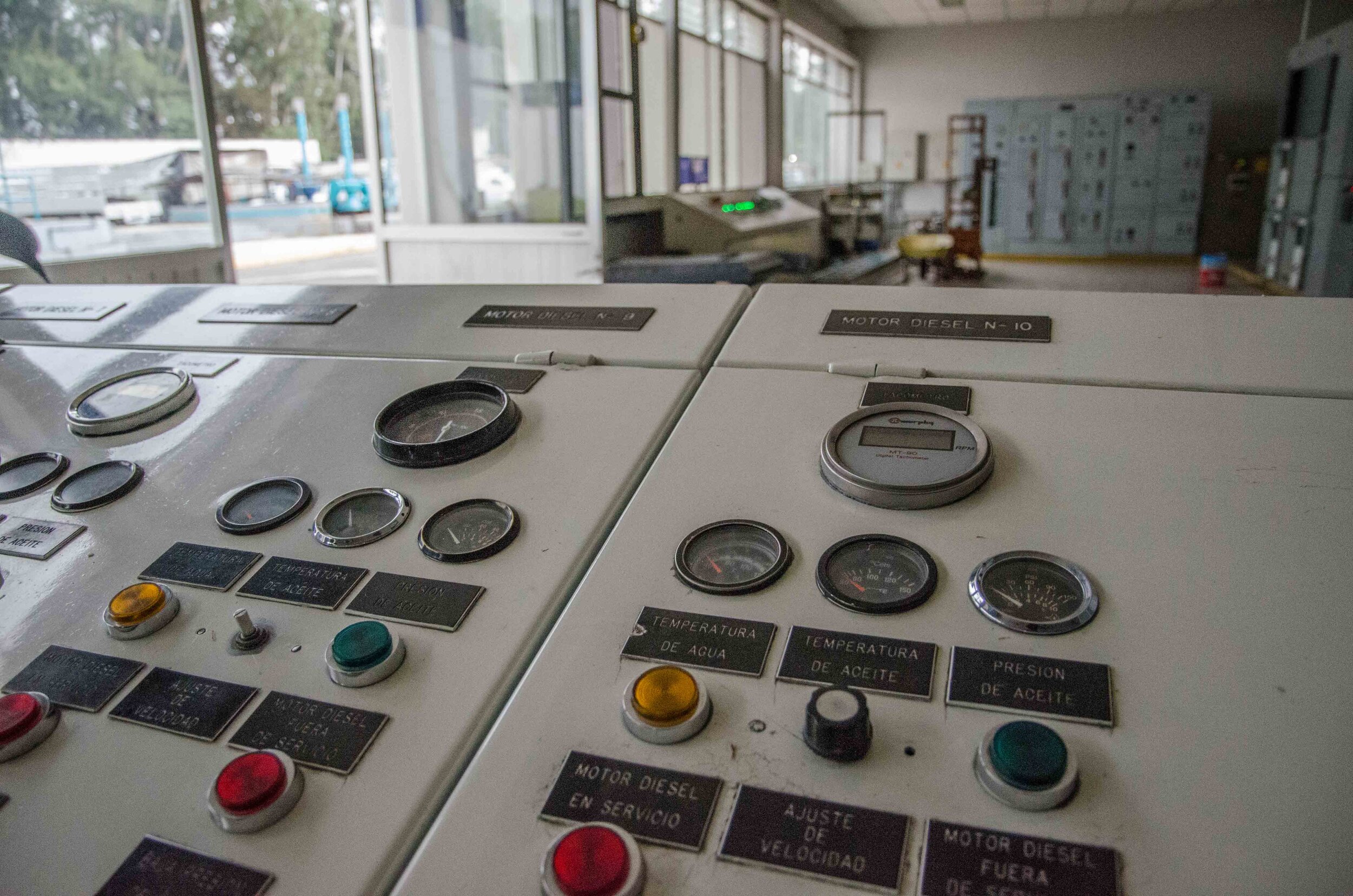

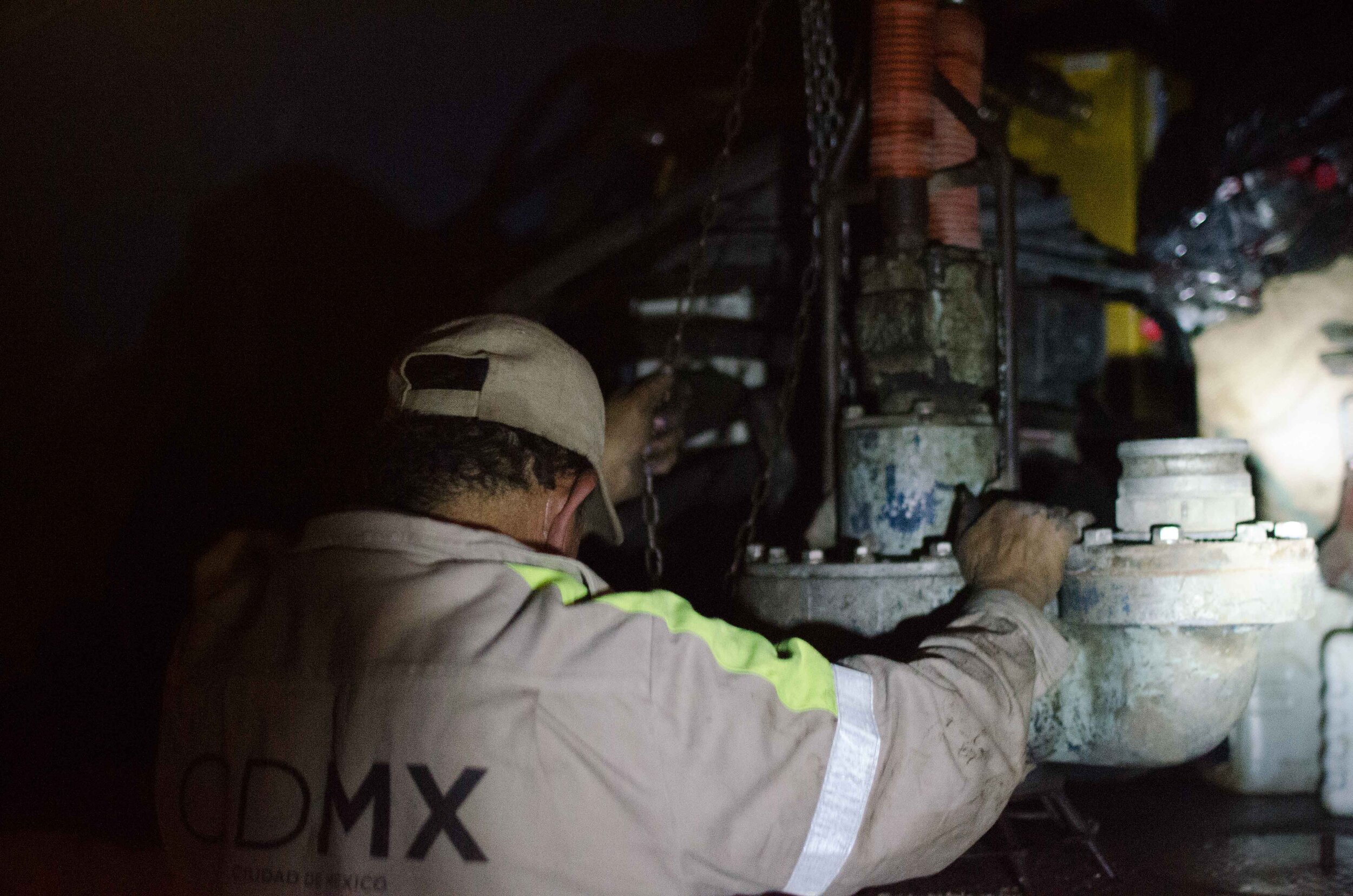
ARticles
THe Logistics of Waste:
Engineering, Capital accumulation, and the growth of mexico city
Antipode, Forthcoming
Abstract: How is capital accumulation sustained in the Anthropocene, even as it threatens to overwhelm everyone—capitalists included—in ever-growing quantities of waste? This paper examines this question at the metropolitan scale, focusing on the growth of Greater Mexico City. In a bid to spur capital accumulation, governments across the megacity increasingly push for new urban developments that encroach on the already-strained drainage system, limiting its capacity to prevent floods. To protect these developments, state engineers now regularly divert wastewater through the homes and streets of marginalised areas of the metropolis. Even as these diversions turn marginal neighbourhoods into ephemeral waste conduits, the transience of wastewaters and the complexity of engineers’ operations limit the possibilities for collective resistance. This calculative management of the flows of waste—here termed the logistics of waste—is a critical yet understudied way engineering sustains the accumulation of capital and limits popular resistance to elite-led projects of endless growth.
Read online here (or email me for a copy).
Resumen: ¿Cómo se sostiene la acumulación de capital en el Antropoceno, aun cuando esta amenaza con inundar a todos—los capitalistas incluidos—con cantidades de desechos cada vez mayores? Este artículo examina esta cuestión a escala metropolitana, con un enfoque en el crecimiento de la Zona Metropolitana del Valle de México. Con el objetivo de estimular la acumulación de capital, los gobiernos de la megaciudad con más frecuencia impulsan nuevos desarrollos urbanos que invaden las infraestructuras ya sobrepasadas del sistema de drenaje metropolitano, lo cual limita su capacidad para prevenir inundaciones. Para proteger estos desarrollos, ingenieros estatales desvían las aguas negras por las casas y calles de zonas marginadas de la metrópoli. A pesar de que estas desviaciones convierten colonias marginadas en conductos efímeros de desechos, la transitoriedad de las aguas negras y la complejidad de las operaciones de los ingenieros limitan las posibilidades de resistencia colectiva. Este manejo calculado de los flujos de desechos—aquí llamado la logística de los desechos—es una manera crítica pero poco estudiado por medio de la cual la ingeniería sostiene la acumulación de capital y limita la resistencia popular a proyectos de crecimiento interminables dirigidos por elites.
Governing beyond capacity:
Engineering, banality, and the calibration of disaster in Mexico city
American Ethnologist, February 2022
Abstract: How are disasters made into routine, even banal parts of everyday life? In Mexico City the spatiality and temporality of disasters have become an object of dynamic governmental manipulation. The city's water engineers use a vast drainage tunnel system to strategically transform what would otherwise be catastrophic flooding of the city center into a slow-moving, spatially diffuse, and ultimately routine environmental problem for the poor on the urban periphery. Furthermore, to prevent unrest, the engineers deliberately modulate flooding within the thresholds of what populations can perceive and bear. This technopolitical work, which I call calibration, has emerged as a crucial means of governing beyond capacity, of maintaining social control even amid the unfolding of a disaster that has exceeded a government's capacity to prepare for or prevent.
Read online here (or email me for a copy).
traducción a español:
gobernar más allá de la capacidad:
ingeniería, banalidad y la calibración del desastre en la Ciudad de México
Desacatos, Mayo-Agosto 2022
Resumen: Cómo se convierten los desastres en partes rutinarias, incluso banales, de la vida cotidiana? En la Ciudad de México, la espacialidad y la temporalidad de los desastres se han convertido en un objeto de la dinámica manipulación gubernamental. Los ingenieros hidráulicos de la Ciudad de México utilizan un vasto sistema de túneles de drenaje para transformar estratégicamente, lo que podría ser una inundación catastrófica en el centro de la ciudad, en un problema ambiental que ocurre de forma lenta, espacialmente difusa y, en última instancia, rutinaria para los pobres de la periferia urbana. Además, para prevenir agitación social, los ingenieros modulan deliberadamente las inundaciones dentro de los umbrales de lo que las poblaciones pueden percibir y soportar. Este trabajo tecnopolítico, al que llamo “calibración”, ha surgido como un medio crucial para gobernar más allá de la capacidad, para mantener el control social incluso durante el transcurso de un desastre que ha superado las capacidades de un gobierno para prepararse o prevenir.
Lee el artículo aquí (gratis).
Book manuscript
Governing disaster:
engineering and the growth of Mexico City
Overview: In my book manuscript, I investigate how engineers manage disasters in a time of both unprecedented environmental crises and public neglect of critical infrastructure. Amid such conditions, I show that engineering is increasingly used not to mitigate disasters, but to transform them into distant, routine, and even banal forms of suffering for the poor. I focus on the particular case of Mexico City, which floods constantly despite having one of the world’s largest urban drainage systems. Built in the 1960s in response to devastating flooding in downtown Mexico City, the vast sewer tunnel network is now buckling under the pressures of climate change, urban growth, and decades of neglected maintenance. Nevertheless, engineers managing the system face intense pressure from politicians and property developers to prevent flooding from becoming an obstacle to the city’s growth.
With support from the Social Science Research Council and the Wenner-Gren Foundation, I conducted 24 months of ethnographic and archival research that investigated how engineers designed, built, and now operate the radically inadequate drainage system. Moving between command centers, remote infrastructures, and flooded homes, I show how engineers now use the system to strategically avoid politically catastrophic floods downtown by creating a slow-moving and spatially diffuse patchwork of flooding on the impoverished periphery. These floods of sewage and rainwater cause infections, triple commute times, and ruin homes, but are so routinized – by design – that they have become a banal problem of everyday life for the poor that gathers little news and inspires few protests. I argue that by reconfiguring flooding this way, engineers have made the city’s endless growth both imaginable and politically tenable, even as that growth has come at the cost of flooding the poor.
The book shows that engineering is an increasingly crucial modality of state and corporate power in a time of accelerating environmental crises. Through their designs and operations, engineers shift how, when, and where disasters are experienced to dampen social discontent. In so doing, engineers have become essential mediators who negotiate between the political imperative of urban growth, the pressures of climate change, and crumbling public infrastructures. This mediation is an essential yet understudied element not only in the work of government, but also processes of urbanization and capital accumulation more broadly. In focusing on the mediation of engineers, the book offers a way to take seriously the political effects of material infrastructures without losing sight of the designs and operations that shape them.
I have published short pieces for the public about this project, which you can find here. I am also working on a linked digital humanities project, detailed here.
previous research
A conference held by a large NGO network in Managua, Nicaragua in 2009.
NGOs and Social Change in Nicaragua
I have also previously conducted field research on the depoliticizing effects of the vast influx of foreign funding on Nicaragua’s civil society, which has resulted in the explosive growth of the professionalized non-governmental organization sector. This work resulted in the following publication:
“NGOization, Foreign Funding, and the Nicaraguan Civil Society.” VOLUNTAS: International Journal of Voluntary and Nonprofit Organizations 25, no. 2 (April 2014): 487–513. (Co-authored with Aseem Prakash.) https://doi.org/10.1007/s11266-012-9348-z.
